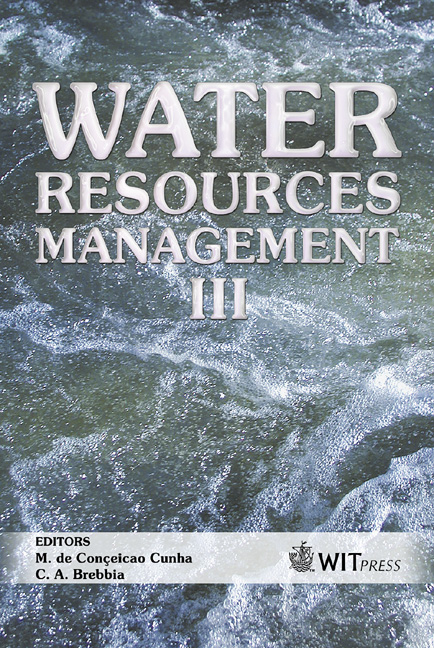Optimal Schemes Of Groundwater Monitoring For Prevention Of Contaminated Water Intrusion In The Ispat Polska Stal S.A. In Krakow, Poland
Price
Free (open access)
Transaction
Volume
80
Pages
9
Published
2005
Size
1,705 kb
Paper DOI
10.2495/WRM050081
Copyright
WIT Press
Author(s)
B. Bieda & R. Tadeusiewicz
Abstract
Water, which is indispensable for life and for the development of countries and societies, has become an economic good. The single largest industrial plant in Krakow – the Ispat Polska Stal S.A., the former Sendzimir Steelworks, with an annual output of up to 7 million tones of steel was erected close to the city. The groundwater contamination from heavy metals in soil could have resulted from the Cokery and Sintering Plant as well as the slag heap, because the slag generated by the technological process is stocked on the heap inside the steel plant area. The water quality monitoring system is based on the piezometers (nodes) network. The integer programming (IP) method been used for the most effective location of the monitoring stations. The computer program written in Turbo Pascal, based on the BALAS additive algorithm, has been used for calculation of the optimal number of monitoring stations in the very expensive piezometer network systems for minimizing the operating and maintenance costs. Keywords: mathematical modelling, piezometer network systems, BALAS additive algorithm, pollution monitoring, LonWorks distributed system. 1 Introduction In recent years researchers developed the studies to integrate the simulation models with mathematical optimization techniques to address important groundwater quality and quality management issues [4]. This paper is an attempt to explore a novel approach for the location of water and groundwater quality monitoring stations based on the objective that piezometers (nodes) network
Keywords
mathematical modelling, piezometer network systems, BALAS additive algorithm, pollution monitoring, LonWorks distributed system.





